Who made your jumper? Meet the Yorkshire sustainable fashion warriors
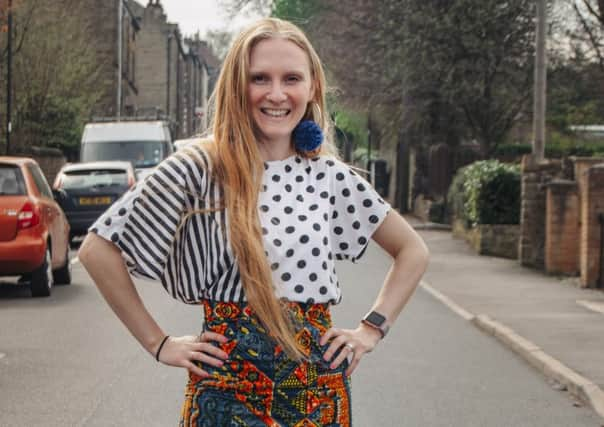

Do you know who made your jumper?” Even though – as a journalist in training – I was meant to be conducting the interview, Anne McCrickard at Maude & Tommy in York had turned the tables on me. “Erm… H&M?” I suggested. We both knew that wasn’t the answer she was looking for. Someone, somewhere in the world had taken that stretchy, bright green cotton, cut it, shaped it, stitched it and transformed it into the hoodie I was currently wearing. I didn’t know their name, and I certainly didn’t know what they had been paid for sewing the seams of my jumper.
Ten years later, it is a question I am still asking. Every time I turn a price tag over in my hand, idle around the clothing rails or eye a sparkly dress in a shop window and think how good it would look on Instagram, a small quiet voice asks: “Who made it?” What started rather naively as an ethical fashion article for a student paper at the University of York, has turned into a decade long search for garments that answer this question with clarity.
Advertisement
Hide AdAdvertisement
Hide AdThe problem is, it is a really hard question to answer. Behind the glittering white shop floor, there is layer upon layer of production; cotton is harvested, zips are produced, fabrics are dyed, garments are made, clothes are shipped. The largest garment producer in the world is China, continents away from the clothing rails of the UK.
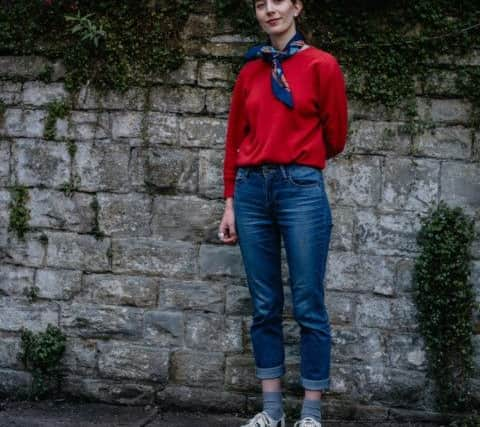

Large fashion producers are notorious for remaining unusually quiet on where their clothes are made. And even when they do commit to being more transparent it would still take the most dedicated detective to uncover the true nature of the working conditions. For example, some major international fashion retailers now list the address of their manufacturers next to their garments online, but short of hopping on a plane and hammering on the factory door, it is impossible to say with certainty that the listed suppliers are squeaky clean. For some major retailers, it might be that between one and 25 per cent of their traced facilities actually pay a living wage, according to figures on Good on You, a website that ranks the ethical credentials of fashion houses and gives ratings for kindness to people, animals and the planet.
During my years of frustration as the big fashion labels dodged my question, there was still one place where I could empty my bank account, fill up my trolley and shop with abandon: the independent market. After all, it isn’t hard to know who made your newest jacket when they are sat smiling from the other side of the stall. With independent markets being few and far between, I started to mine the internet for sole traders and small ethical fashion labels. Soon enough, I was flicking through photos of the men and women sewing my cardigan from People Tree, my pinafore dress from Lucy & Yak and my leggings from Antiform.
On my fashion journey, I met two types of people; those who were already enthusiastic about small, transparent brands and those resigned to mainstream fashion labels because it was too much of a headache to switch. In a bid to unite these two opposing groups, I set up a website called My Indie Wardrobe. Along with photographer Madeleine Winters, we trawl our home of Sheffield for individuals wearing outfits that are either transparently sourced or second hand to show ethical doesn’t mean unstylish.
Advertisement
Hide AdAdvertisement
Hide AdJane Shields shared her maternity wardrobe with us. Even though she has been investing in careful fashion choices for years, she can still empathise with why many don’t. “If you Google ethical fashion you will find a hundred blogs telling you that shopping ethically is really easy, but it really isn’t. It is no wonder most people prefer to just go on ASOS and not think about it.” The main motivator behind her continued desire to choose garments selectively is to invest in a better, more sustainable system. “I think it’s important (if you can afford it) to put your money where your morals are and to buy, wear and advocate for those brands you believe in and support them to keep fighting for bigger change in the industry.”
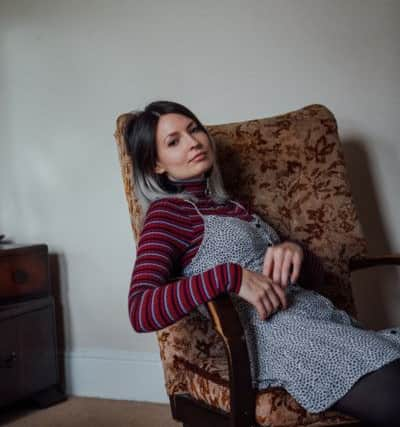

Buying from local independent labels is also a great way to support your city’s economy.
Many of the makers listed on My Indie Wardrobe – including Syd & Mallory, Hello Fruits and the Level Collective – are from Sheffield. Ellie Ragdale chose a Syd & Mallory’s pinafore dress for her photoshoot.
“To see other people’s skills and talents makes the clothing more interesting and personal. I think this is what drew me to independent designers – I love the fact the clothes are not mass produced, but one-of-a-kind that you can’t find anywhere else.”
Advertisement
Hide AdAdvertisement
Hide AdToday, I find it much easier to tell you where my clothes came from – whether that is from a factory paying the living wage in India or from Vanhessa at Hello Fruits who lives down the road. So, I was just wondering – who made your jumper?
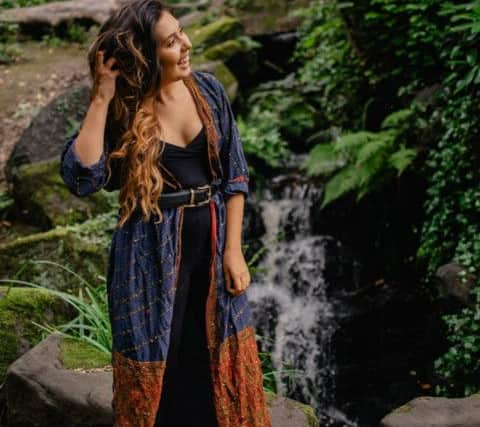

Visit myindiewardrobe.com for ethical fashion inspiration. #myindiewardrobe @myindiewardrobe.
Improve your fashion habits
Recycle: It is estimated that every year 300,000 tonnes of clothing drops into the landfill in the UK. If something is unloved, send it to a charity shop or a clothes swap. If something is destroyed beyond repair, find your nearest recycling bank at www.loveyourclothes.org.uk
Research: Discovering what is going on behind the clothing rails is not easy. Safia Minney’s books – Slow Fashion and Slave to Fashion – and The True Cost documentary provide insight. And website Good on You ranks how good fashion brands really are. Visit goodonyou.eco
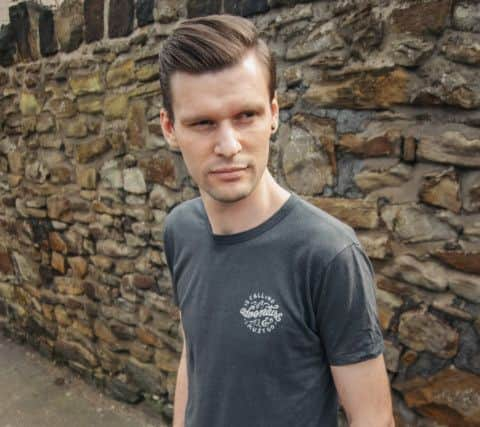

Advertisement
Hide AdAdvertisement
Hide AdWash carefully: The fashion industry is responsible for a third of all plastic pollution in the world’s oceans. Wash your clothes less frequently at 30 degrees and line dry. Make sure synthetics are inside out too.
Campaign: Get involved with campaigns that challenge big brands to change their habits. On Fashion Revolution day (April 24, 2020) join in with the hashtag #WhoMadeMyClothes to encourage transparency. Visit www.fashionrevolution.org
Visit My Indie Wardrobe: Nosy around the wardrobes of normal people to find new indie brands and alternative ways of shopping. Plus, meet some of the designers challenging the status quo and crafting a better future for fashion.